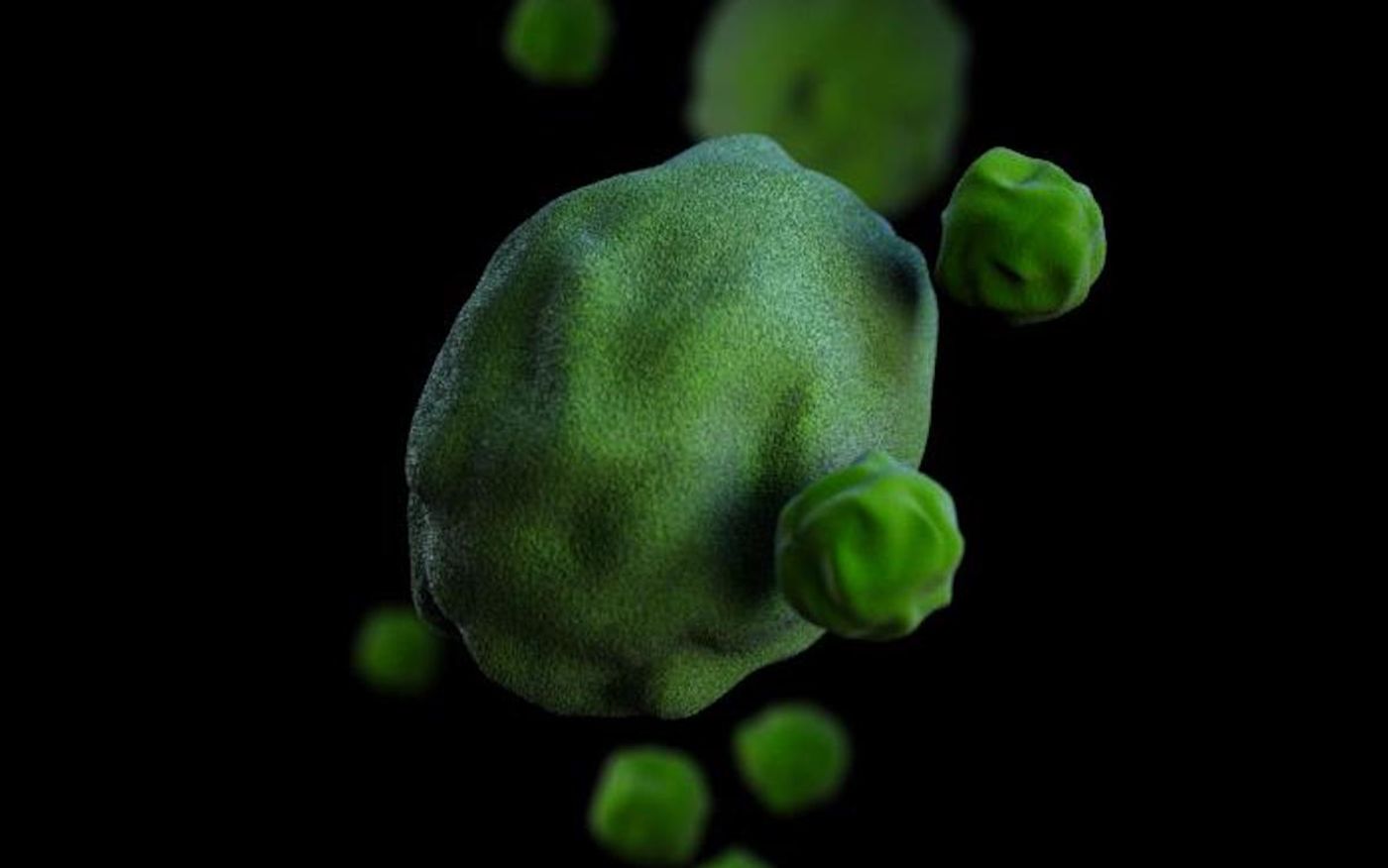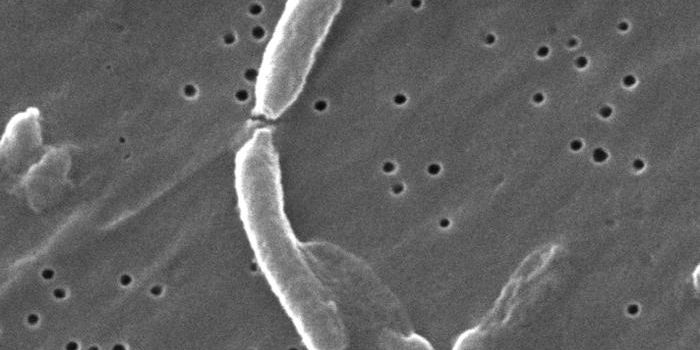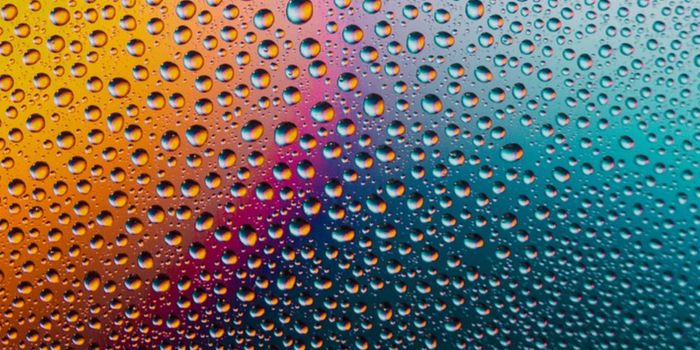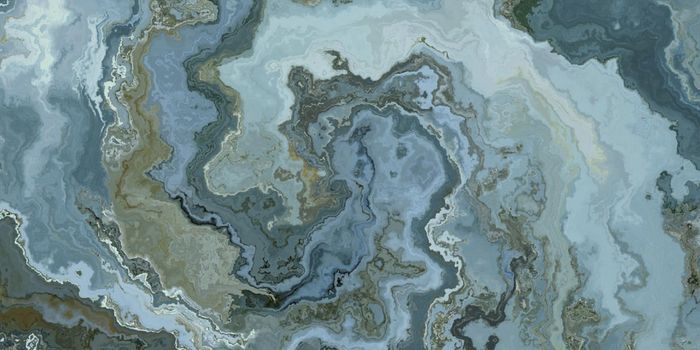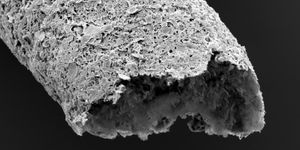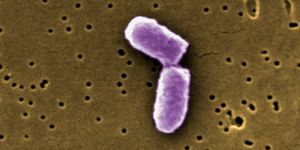Chlamydiae Bacteria are Found Deep in the Arctic Ocean
Over half of the fresh water on the planet is frozen in the ice sheets of Antarctica, with pools and streams of water flowing into one another inside and around the ice and the continent. This movement and the chemicals that are dissolved in it can reveal more about the relationship between nutrients on land and coastal life. Researchers have recently reported a study of samples from the Whillans Subglacial Lake in the West Antarctic in Global Biogeochemical Cycles.
"Life is tough -- it can handle a lot," said the lead study author Trista Vick-Majors, Assistant Professor of Biological Sciences at Michigan Technological University. "This paper is putting together what we know about the biology and how active it is under Antarctic ice with information about the composition of organic carbon in the lake."
For organisms beneath the thick ice of Antarctica there is no sunlight, and there is a lot of pressure from all of the ice on top of them. The temperature hovers around freezing. When a camera is put inside of a borehole in Mercer Subglacial Lake (near Whillans and shown in the video), however, it reveals a cold, dark lake falloff soft sediment and lined with bubbly ice.
This work may not only tell us more about life on our planet, it may also help us learn more about extraterrestrial life.
"There is water and there is life under the ice," Vick-Majors said. "These can teach us a lot about our planet because this is a great place to look at somewhat simplified ecosystems, without higher levels of organisms. So we can answer questions about life that can be really hard to answer in other places."
A different team of scientists has been studying microbial life deep in the Arctic Ocean near a deep-sea hydrothermal vent field called Loki's Castle. The area has no source of oxygen and no large life forms are found there. But unexpectedly, the researchers saw that many species of Chlamydiae bacteria had taken up residence there. The findings were reported in Current Biology.
"Finding Chlamydiae in this environment was completely unexpected, and of course begged the question what on earth were they doing there?" noted the lead study author Jennah Dharamshi of Uppsala University in Sweden.
These life forms can be very difficult to grow in the lab, so the scientists had to learn more by using genomic sequencing tools. They determined that the Chlamydiae they identified are closely related to those that cause disease in humans. They also suspect that because they found so much of this microbial life in the deep ocean, the microbes are having an impact on the ecosystem there, and potentially in other deep-sea environments that are low in oxygen.
"Chlamydiae have likely been missed in many prior surveys of microbial diversity," suggested a study author on the Current Biology report, Daniel Tamarit of Wageningen University. "This group of bacteria could be playing a much larger role in marine ecology than we previously thought."
Sources: AAAS/Eurekalert! via Michigan Technological University, Global Biogeochemical Cycles, Wageningen University, Current Biology
